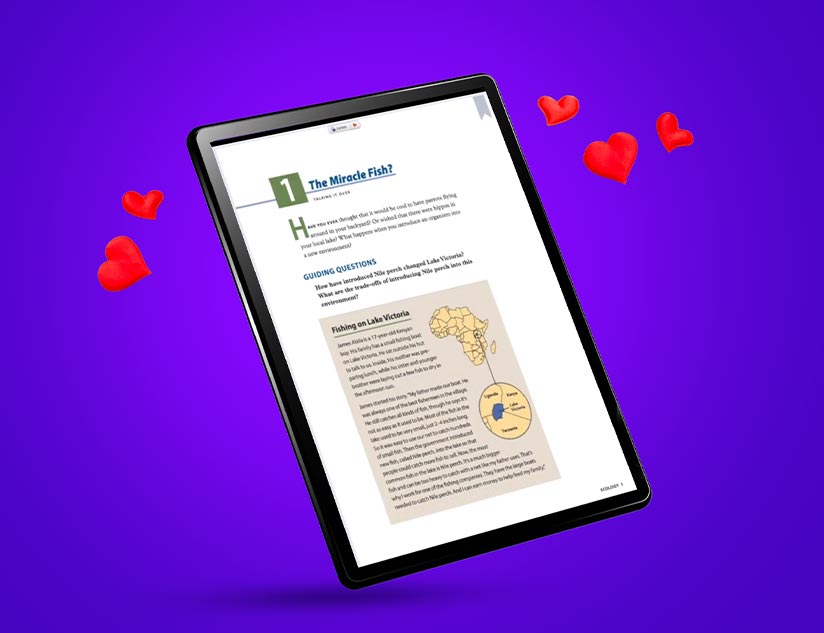Short for Science Technology Engineering and Mathematics, STEM is an educational curriculum that focuses on teaching these four subjects through an interdisciplinary approach, where lessons are linked to real-world applications. What this means is that rather than teaching each of the four subjects as separate and discrete, STEM integrates them into a unified curriculum.
The aim behind this is to ignite a desire among students to learn about these subjects and other related fields, such as computer science, aerospace engineering, physics, chemistry and so on. These subjects are relevant to almost every aspect of life and the world around us. By exposing students to a hands-on, applied format of learning STEM subjects, it might just help build a passion for a career in a related field.
The need for such an approach is fairly evident from the figures released by the US Department of Education, which reveal that only 28% high school freshmen express an interest in a STEM related career, of which 57% lost interest in the field by the time they graduate from high school. However, given the direction in which the world is moving, knowledge of science is more important than ever before.
Why STEM Education Matters
According to a new Pew Research Center report, employment in STEM occupations has risen from 9.7 million in 1990 to 17.3 million in 2016, representing a growth of 79%. This is higher than the overall job growth in the United States. STEM workers also tend to earn more than non-STEM workers, with a similar level of education. By offering students the opportunity to explore STEM related concepts, educational institutions and publishers can foster a passion for these subjects in the future workforce, which will ultimately prove beneficial for their career growth, as well as the world at large.
STEM education also helps in bridging gender and ethnic gaps that have been characteristics of the field of math and science. According to a 2018 report by the National Science Board, women make up only 28% of the workforce in the science and technology fields. STEM education breaks these traditional gender roles and increases participation of women.
Apart from this, STEM education also fosters ingenuity and creativity among children, leading to innovation and new ideas, which is always a good thing for any field. However, it is the way that this curriculum is delivered that can make a huge difference in both the interest of students in STEM education, as well as the learning outcomes.
Advantage of eBooks for STEM Learning
The written word doesn’t make it easier for a student to grasp complex concept, regardless of how descriptive the text might be. More than any other subject, it is STEM that lends itself perfectly to digital learning. In addition, the aim of STEM education is to make the subjects fun and interesting for students, so that it sparks their imagination and gets them interested in STEM jobs.
All of this is achieved very effectively through eBooks on a digital learning platform like MagicBox™. For one thing, elements like interactive videos, explanatory audio, gamification and simulations can easily be integrated into the platform and become part of the learning experience. The most complex STEM concept becomes easier to understand when presented in a multi-sensory, multi-media format. This is not possible through print textbooks.
Another aspect that lends itself perfectly to learning STEM subjects is AR/VR. Not only do these technologies achieve the highest levels of engagement, they help students to experience real-world situations firsthand. Students can conduct chemistry experiments without the fear of blowing up the entire lab or hurting themselves by not handling chemicals correctly. They can even try to apply creative and innovative solutions to see whether they would work, without any added expense for themselves or the educational institution.
On the other hand, teachers and schools can keep an eye on learning progress, students who might need additional support and more. Key analytics can also be shared with parents too, keeping them informed about their child’s academic progress.
Most importantly, the use of the digital format makes learning more personalized and self-directed. Not every student might have the same aptitude for mathematics or engineering. Lagging behind classmates in comprehending concepts or feeling hesitant to ask questions about a difficult science concept that others seem to understand, can be disheartening. When students can learn at their own pace, getting individual attention from teachers, through easy and customized assessments, they are more likely to feel motivated to do their best.
In addition, the eBook format offers the opportunity to offer microlearning content, which has proven to result in better learning outcomes. STEM learning eBooks can present short, bite-sized teasers to science and technology concepts, sparking the student’s interest before actually explaining the concept in more details. It can also offer a means to summarize learning, which can prove very useful especially for STEM, where multiple different theories and models are being taught.
Future progress for any nation depends on how effectively it can deploy STEM education, fostering an entire generation of creative and innovative thinkers. With the help of online learning platforms and eBooks, delivering such education becomes simple and convenient, while engaging the learner effectively. For publishers, eBooks allow them to offer high-quality, contemporary STEM content to a wide audience base, while ensuring high engagement levels among learners.













